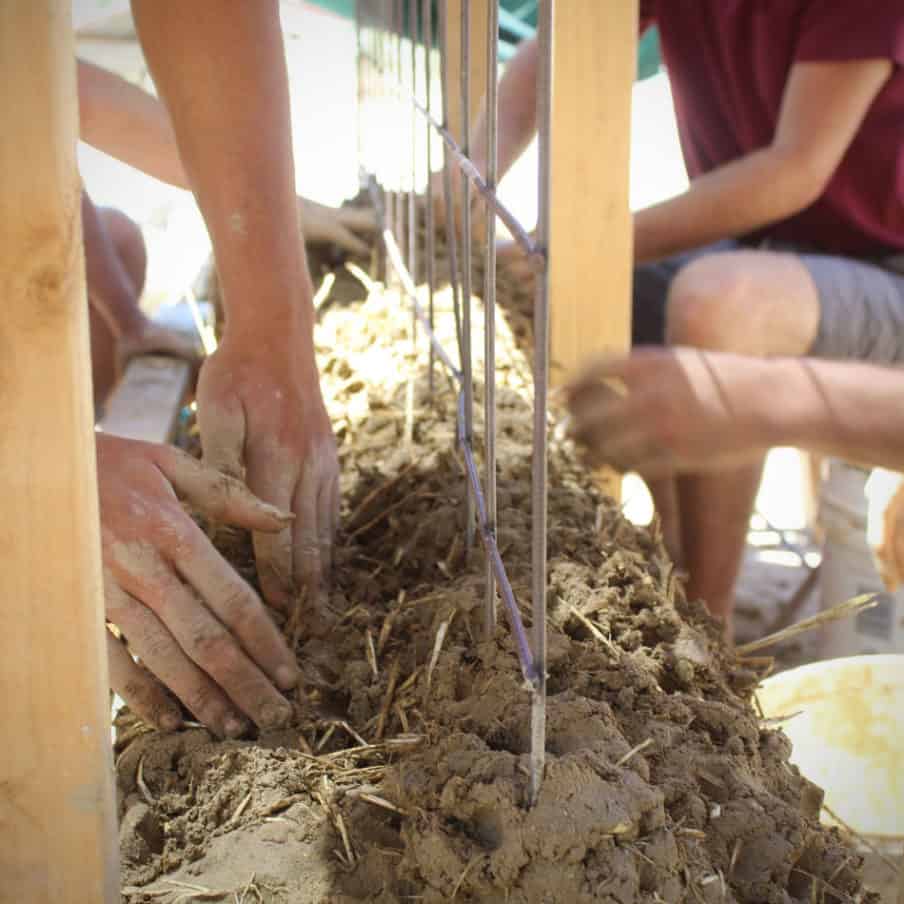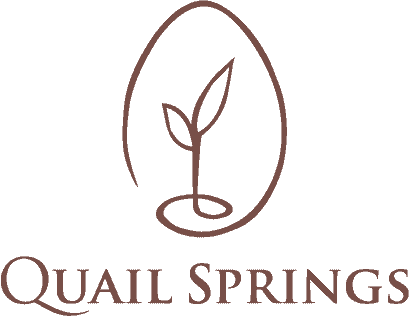We are excited to announce a groundbreaking collaboration with Cal Poly SLO to do earthquake testing on cob walls! Many things have fallen into place to make the project happen, including a woman who is doing her thesis on this project, and Cal Poly’s generous offer to support this public benefit project with deeply discounted access to earthquake testing equipment and expertise ($10,000 rather then the usual $70,000!)
There is only one known in-plane cob wall test and no out-of-plane tests. Testing is needed to get basic engineering values to plug in to the equations engineers use to show that cob can take the required loads. Without these numbers, any cob permit application is basically stuck at the starting line. Numbers from cob testing can be used over and over again for any/all cob permit applications. In parallel with this testing, Art Ludwig and others are working on a permit application for what would be a landmark precedent for sustainable affordable housing: a small village of five two-story cob cottages in downtown Santa Barbara, at an address with some of the highest forecasted earthquake forces in the state.
Share this Post




Comments 17
Hey, It would be awesome if this had a feature so that you can share on FB to increase the possibility for funding!
Thanks!
Author
Great idea! I’ll look into that. For now you can copy and paste the URL to share. #oldschool 😉
I shared this link: https://www.quailsprings.org/earthquake-testing/
Thank you, I just did!
Author
Update: There’s now a sharing widget!
I’m so excited to hear about this effort!
Please add PayPal as a payment method
Author
You can now use Paypal as an option to donate!
I meant to donate specifically for this cause but I wound up donating to Quail Springs in general but everything you do is a good cause. As a designer-builder I recognize the importance of testing and code approval for adobe construction. As an artist I celebrate the freer forms it allows. Carry on!
It’s a very good idea !!
With all my encouragement from France !!
Good luck to all the team for the continuation !!
Top guys ! I really love it !! 😉
Good Luck to all the team !!
My house burned down on 3 acres in Meiners Oaks. I would like to replace it with a larger cob house for a small community. How do I get the county to allow me to do that?
Author
So sorry to hear about the loss of your house! Unfortunately it is not a quick or easy answer to how you can rebuild in a safer, less combustible way. Non of the techniques we are using and promoting are inherently illegal, there is just not an easy path at this time. Currently it would take a lot of energy and perseverance to work with the county to do so. We are working with Ventura County to try to make that pathway easier for all, and that being said, it will be some years. Its a slow process. You are welcome to contact me here to discuss this more, and talk about what the process would look like to build with cob currently, and I can answer more specific questions.
Using the undeniable existence of very old and functional cob houses in England and Australia, to educate people here in Ventura County is appropriate. All soils are different, so building robustly enough to account for the variations in clay density is needed. Walls should be much thicker at the bottom than at the top for inherent stability. An eight feet tall wall might be two feet thick at the bottom and nine inches thick at the top. Are any local architects or engineers on board?
I noticed this post was July 2018. Has there been any progress on the Cal Poly SLO research on this? Thank you!
Author
Hi Sean, we posted a cob wall testing update in 2021.
Yes, I saw that update on the fire testing which was great. I was specifically asking about the earthquake testing. There was a mention in this article about some research being done at Cal Poly SLO but no update since. Thanks!